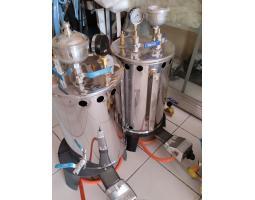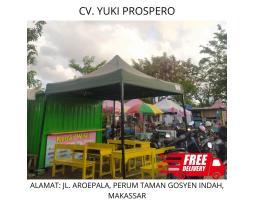3 Aturan Penulisan Direct Speech dan Indirect Speech: Perubahan Modal, Kata Kerja, dan Tenses
Berikut ini 3 aturan penulisan Direct Speech dan Indirect Speech: perubahan modal, kata kerja (Verb), dan tenses, dilengkapi rumus dan contoh kalimat.
Penulis: Yunita Rahmayanti
Editor: Pravitri Retno W

Direct: Past simple (S+V2+O)
Indirect: Past perfect (S+had+V3+O)
Rumus 5
Direct: Past Continuous (S +was/were+V1 +ing+ O)
Indirect: Past perfect continuous (S+had been+V1 +ing+ O)
Rumus 6
Direct: Future simple (S+ will/shall+V1+O)
Indirect: Present Conditional (S+ would+V1+O)
Rumus 7
Direct: Future Continuous (S +will/shall+be+V1 +ing+ O)
Indirect: Conditional Continuous (S +would+be+V1 +ing+ O)
Contoh:
1. Direct: Ayesha said, “Honey has left for school.”
Indirect: Ayesha said that Honey had left for school.
2. Direct: Vidisha said, “Ananya took pasta.”
Indirect: Vidisha said that Ananya had taken pasta.
3. Direct: They told, “We were living in Paris.”
Indirect: They told that they had been living in Paris.
4. Direct: Ramesh said, “I will go to Sri Lanka.”
Indirect: Ramesh said that he would go to Sri Lanka.
5. Direct: Aishwarya Said, “They will be watering plants.”
Indirect: Aishwarya said that they would be watering plants.
(Tribunnews.com/Yunita Rahmayanti)
Artikel lain terkait Materi Sekolah
 Baca tanpa iklan
Baca tanpa iklan
















































